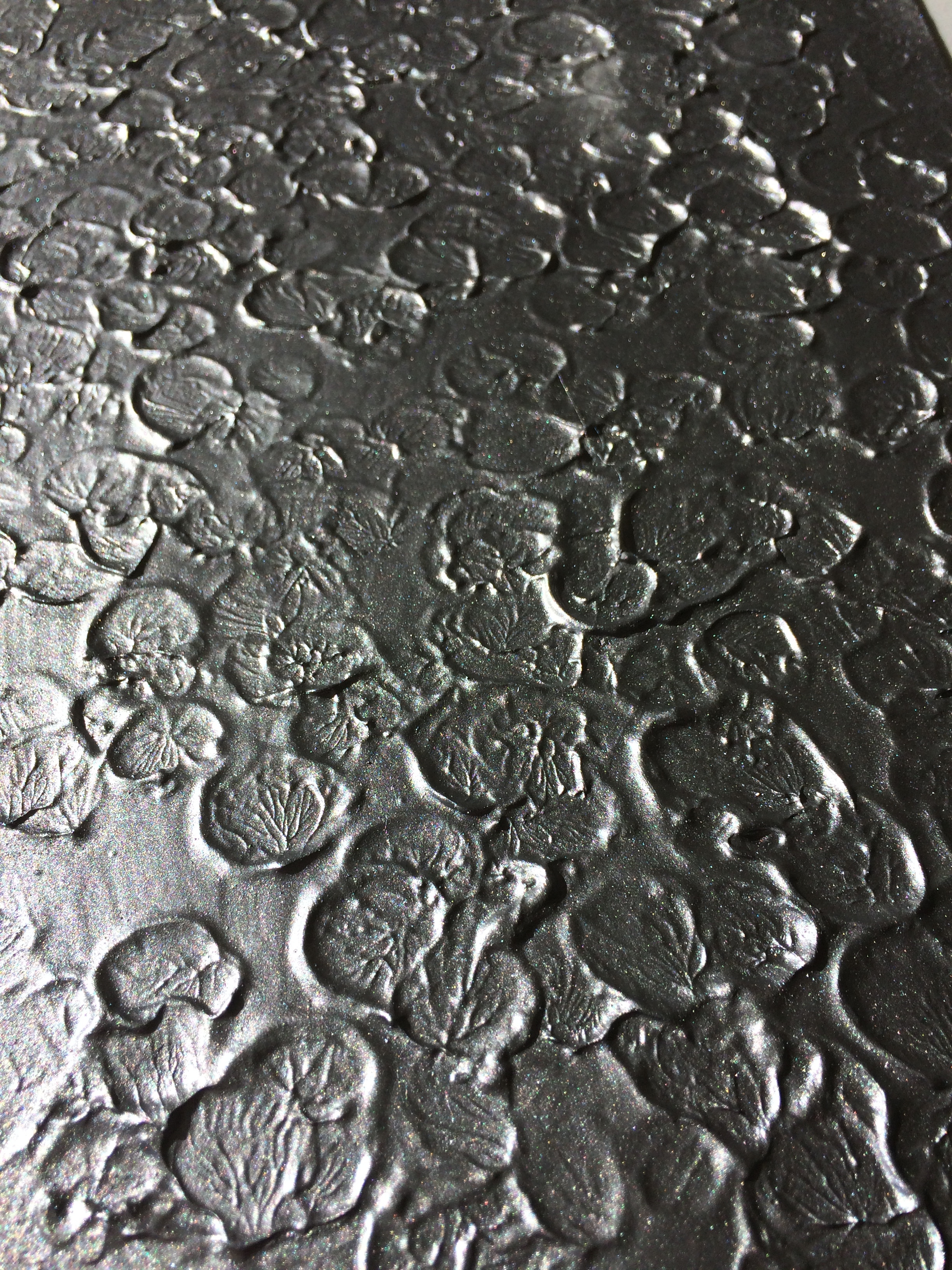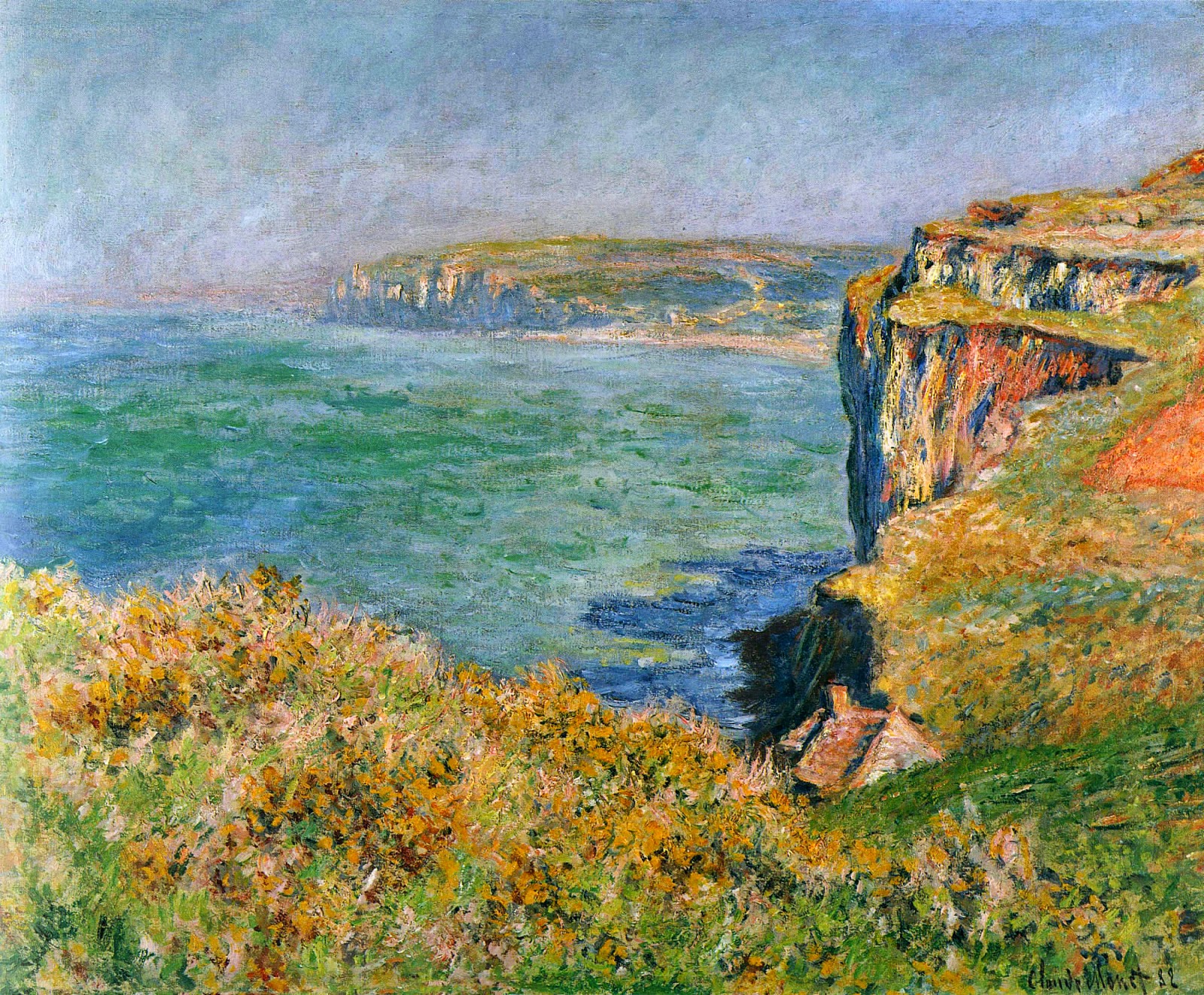I love my job. I really love it. I’m a painter in Asheville, North Carolina and have an open studio in the River Arts District. I work around 200 other artists (within a square mile) and share a very precious comradery with them. Every day, I walk the three miles to the studio and gear up to the tasks of the day, and then walk three miles home to unwind. My life is awesome right now.
This lifestyle and occupation niche is really rewarding but doesn’t come without challenges and lessons to be learned. Actually, I’ve learned a whole lot as a result of being a full time artist with an open studio:
1) Learn to be patient with tactile visitors
People love to touch my artwork. It’s not enough to look at it, they have to touch it. And they don’t just touch finished pieces. Every time I step away from my work table, I have to put up several “PLEASE DO NOT TOUCH” signs around my work (because it’s wet paint!). Otherwise, I can come back and see foreign fingerprints. I can let this frustrate me (and it has) or insult me (and it does) but my work inspires curiosity and when I remember that fact, it makes it much easier to just deal with the inconvenience of painting over a fingerprint. Inspiring curiosity is an amazing thing and (when my head is in the right place), that makes me smile. That’s what this is all about.
2) Learn to be patient with people’s questions
Every day, I have to answer exactly the same questions multiple times and honestly, it’s exhausting sometimes. The artwork I do is something no one else is doing and while I love that fact, my artwork baffles some people. Before they even look around the studio, some folks have come over to me and almost demanded “So what is that? What’s your process? How do you do this?” I want to say “Why are you worried about HOW I do this? DO YOU LIKE IT?” And that’s because that’s really all I care about. When Joy and I go out to dinner downtown and have an awesome main course, I do not go back to the kitchen and ask the chef “What is this sauce? How did you make it?!” I would never even think of asking. I’m just consumed with “I really love this sauce” or “this doesn’t taste right” and that’s all. So this area frankly baffles me. But…again, if artwork inspires curiosity and ignites questions in the mind of the viewer, is that a bad thing? I don’t think so. It can be exhausting for me as the artist involved here, but I think it’s a very good thing. I don’t want my artwork to look like everyone else’s work. I do want it to be unique. So I’ve learned to be okay (most of the time anyway) with the hundreds of times a week I’m asked this question and try to answer it with a genuine smile (because when they ask, that means my artwork has done it’s job: inspired curiosity).
3) Listen well
I love my business model. Because I work right in the middle of public setting, I get to hear all the comments people make to each other. And this is really helpful. I come up with all sorts of ideas for artwork, but I honestly don’t know if they’re all good ideas until I hang the artwork on the wall and listen to people. This can be humbling, but so helpful. This is my job, and because of that, I can’t afford to be “angsty” and put my artwork up on the wall with the attitude that if people don’t appreciate it, there’s something wrong with them. That attitude won’t fly here. I put up an idea and I know pretty quickly if it was a good idea or not. I can hear some artist say, “Okay, he’s a sell-out”. I disagree. If I want to make a living selling hot dogs, I’d better make sure people enjoy my hot dogs, right? Get some focus groups together and do blind taste tests and see what sells. I’m not saying that an artist should just abandon the passion inside and paint only what people want. But if a respect for people and their interests and tastes is not part of the equation, that artist will not be able to create full time. Unless it’s a hobby, art needs to sell and if it’s not, it’s either too expensive, or the quality is lacking or it’s not executed with the right (popular) color palette, etc. All these things need to be factored into the production of a painting that (hopefully) will one day sell.
That’s probably enough for this blog entry. I’ve got more to say so…this will be continued.















